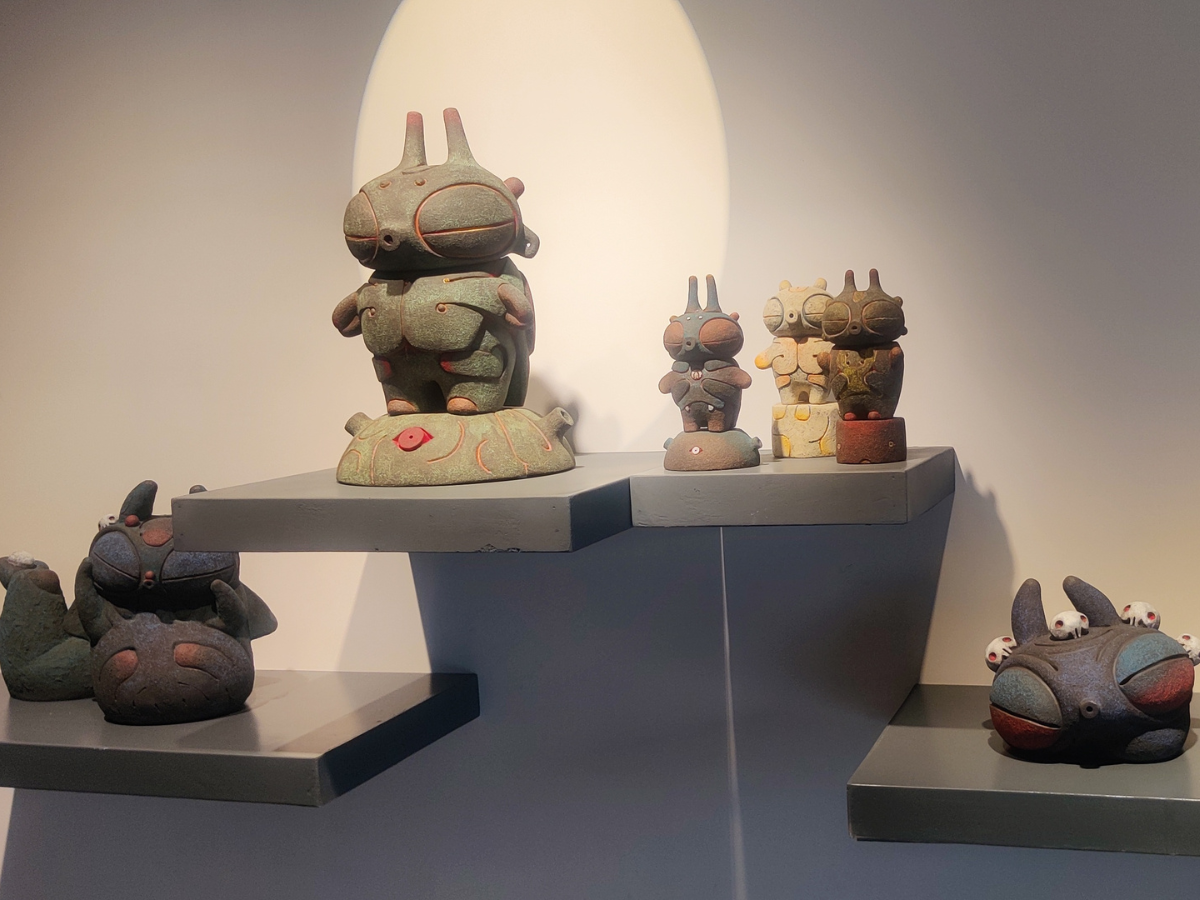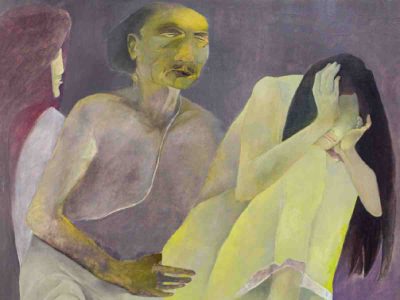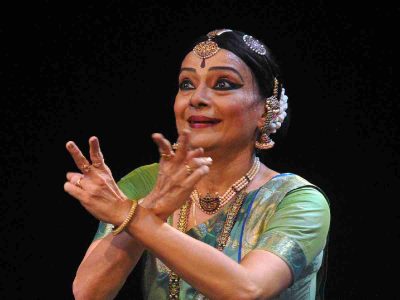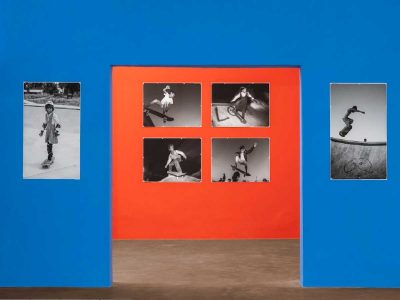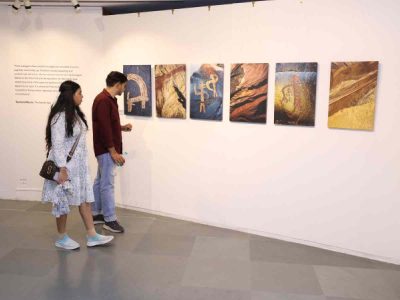The second edition of the Indian Ceramics Triennale kicked off at Arthshila on January 19, transforming the venue into a tapestry of contemporary ceramic artistry.
With over 60 artists from 12 countries converging in a celebration of form, texture, and innovation, this two-month-long event promises to redefine the boundaries of what is possible in the world of clay.
The theme, ‘Common Ground’, is the focal point for a dialogue on inclusivity, intersections between artistic precedent and contemporary practice, historical reflections and cutting-edge exploration, and the tangible nature of materials versus the fleeting beauty of the ephemeral.
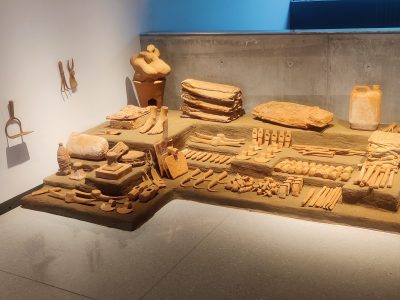
Global artists, including Eliza Au from the United States, Rita Badilla-Gudino from the Philippines, and a range of Indian talent like Parag Tandel, Deepak Kumar, Ankon Mitra, Dhruvi Acharya, among others, contribute to this event. International participants like the Hermanburgs Potters from central Australia, Yeesookyung from South Korea, and Lab Air from the Netherlands add a diverse touch. Indian contributors, including Kavita Pandya Ganguly, Abir Patwardhan, Prithwiraj Mali, and Vinita Mungi, offer a local perspective.
Initiated in 2016 by the Contemporary Clay Foundation and curated by Anjani Khanna, Madhvi Subrahmanian, Neha Kudchadkar, Reyaz Badaruddin, Sharbani Das Gupta, and Vineet Kacker, the Indian Ceramics Triennale highlights the evolution and recognition of ceramics as a medium of artistic expression.
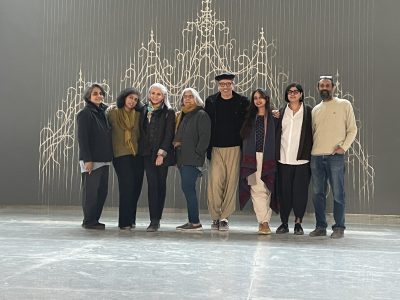
Anjani, a founding member, stated, “This explores clay more deeply, showing how clay can be part of different narratives — binding it with other practices. This is meandering from personal, philosophical and spiritual spaces to more lived experiences.”
Running until March 31, the exhibition invites visitors to explore visual marvels and offers an extensive program of events, including symposiums, artist lectures, live demonstrations, and workshops.
The lineup of speakers, including Elaine Henry from the US, Andrew Burton from the UK, Shashank Nimkar from Ahmedabad, and Pheroza Godrej from Mumbai, emphasises the global significance of this event. The Indian Ceramics Triennale serves as a source of inspiration for the dynamic world of contemporary ceramic artistry.
Curators elaborate on the title of the show, “Common Ground proposes to explore the ground—metaphorically and literally—on which we meet. The ground we walk on is uneven. We are separated by privilege, politics, motivation, experience and access to knowledge, yet we remain bound by a common humanity; a common heritage and a co-dependent future.”
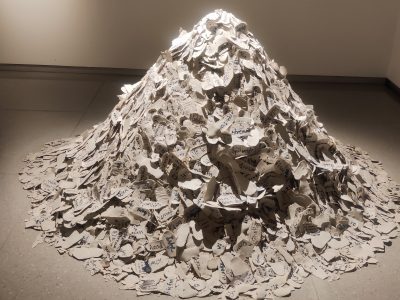
To choose artists for this edition, an open call went out in January 2023. The curatorial committee went through 362 applications from 52 countries.
Explaining their choice of artists, Subrahmanian says, “We were interested in opening up the conversations between material and maker, and the artist and viewer. So, experiential and experimental works outside the commercial space, which challenged the status quo, were very exciting.”
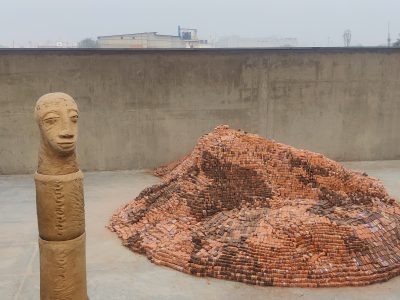
Eliza Au, a 42-year-old artist from Texas told Patriot, “In my contemporary lattice art, I’m not confined to Indian structures alone; I explore sacred spaces globally. Drawing inspiration from the Indo-Islamic Jaali screen, I craft lattice screens in ceramics, challenging the expected weightiness associated with both the medium and architecture.”
Prithwiraj Mali, an artist from West Bengal said, “Being part of the same social structure and geography does not automatically imply being part of a community.”
According to Mali, “We need home projects, not housing projects.”
Drawing inspiration from honeybee colonies, he observes, “Migrations occur regularly, and each new hive is a combined effort to contain larvae, stores of honey, and pollen.”
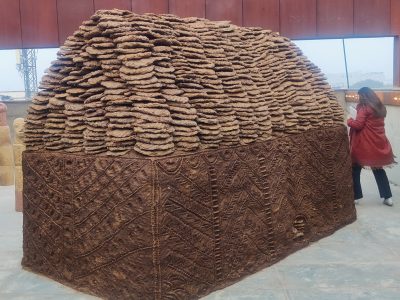
Mali addresses global challenges, questioning, “In our own country, are we successful in the goal of providing shelter and security to all, or have we failed?”
In the exhibition, the attention of visitors was notably captured by “The Wall”.
Asish Chowdhury, the artist behind this intriguing piece, moulded and transformed clay gathered from various protest sites into the shape of bricks, meticulously arranging them into a wall.
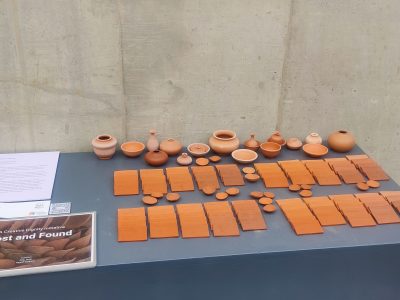
Another captivating exhibit showcased at the event is “Revisioning Bithooras” – an extraordinary yet often overlooked feature of Delhi’s cityscape and cultural heritage. These intricately adorned fuel stores are crafted entirely from cow dung, showcasing a unique intersection of art and tradition.
Adding to the exhibition’s diverse narrative is the captivating work of the Hermannsburg Potters, showcased under the title “Nhanha Arna-Urrknga Nurnaka Pmara-Rinya Rinya – This Clay Belongs To Our Country”, a thought-provoking piece that utilises local wild clay, earthenware, and underglazes.
The act of bringing the clay from Western Aranda lands in Australia to Delhi, India, is not merely a physical transfer but a deeply symbolic gesture, as the artists express. “It is a profound journey, symbolically transporting ‘Country’ – culture, custom, identity, memory, and understanding – to be generously shared in a new context. This act transcends the boundaries of geography, serving as a bridge between our heritage and the diverse cultural landscape of Delhi.”

